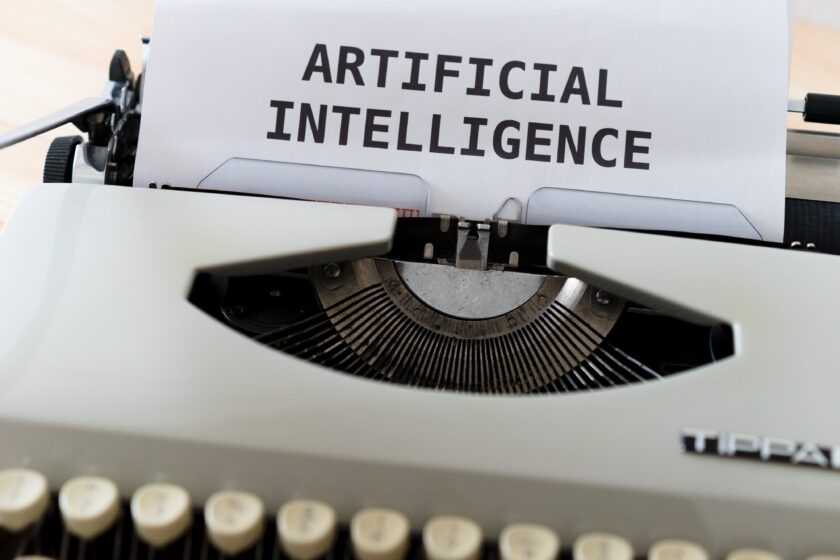Artificial intelligence (AI) is a term used to describe technology, mainly computer systems, that mimics human intellectual functions. A few examples of particular AI applications are expert systems, machine learning, natural language processing, speech recognition, and machine vision.
How Does Artificial Intelligence Work?
Vendors have been rushing to show off how their goods and services employ AI as the buzz surrounding AI has grown. Oftentimes, when people refer to AI, they just mean one component, like machine learning. There are a few programming languages that are specifically relevant to AI, such as Python, R, and Java, although there isn’t one.
A significant amount of labeled training data is often consumed by AI systems, which then examine it for correlations and patterns before using these patterns to predict future states. Similar to how a chatbot fed examples of text chats may learn to make lifelike exchanges with people, an image recognition program can learn to identify and describe items in photographs by analyzing millions of examples.
Learning reasoning and self-correction are the two main areas of AI programming.
procedures for education. The goal of this branch of AI programming is to collect data and create the rules that will turn it into knowledge. The rules sometimes called “algorithms,” provide computing equipment with thorough instructions on how to do a specific task.
Reasoning Processes
This area of AI programming is concerned with selecting the best algorithm to achieve the desired result.
Self-Correction Processes
This branch of AI programming constantly works to improve algorithms and make sure they deliver the most precise outcomes.
Why is artificial intelligence important?
AI is significant because, in some circumstances, it can outperform humans at tasks and because it can provide businesses with previously unknown insights into their operations. AI tools frequently finish tasks quickly and with relatively few mistakes, especially when it comes to repetitive, detail-oriented tasks like analyzing a large number of legal documents to ensure relevant fields are filled in correctly.
This has contributed to an explosion in productivity and given some larger businesses access to completely new market opportunities. It would have been difficult to imagine using computer software to connect passengers with taxis before the current wave of AI. Still, today, Uber has achieved global success by doing just that. It uses sophisticated machine learning algorithms to forecast when individuals in particular locations are likely to require rides, which assists in proactively placing drivers on the road before they are required. Another illustration is Google, which has grown to be one of the major players in various online services by using machine learning to analyze user behavior and enhance its offerings.
Types of Artificial Intelligence
- Reactive Machines.
- Limited Memory.
- Theory of Mind
- Self-Aware.
Reactive Machines:
Technology is able to react immediately to external stimuli, but it is unable to develop a memory foundation or store data for later use.
Limited Memory:
Machines have the capacity to store knowledge and utilize it to train themselves for upcoming jobs.
Theory of Mind:
The idea of artificial intelligence (AI) is that it can work like a machine with limited memory but also be able to recognize and react to human emotions.
Final Thoughts
The study of artificial intelligence is one of the fascinating technological fields. The majority of the numerous new discoveries and developments can be divided into the following four categories: reactive machines, constrained memory, theory of mind, and self-aware AI. These categories provide a story, rather than a taxonomy, of how AI has evolved, where it is going, and what the future may hold. Here is what we may anticipate from AI, ranging from reactive machines to artificial superintelligence.


